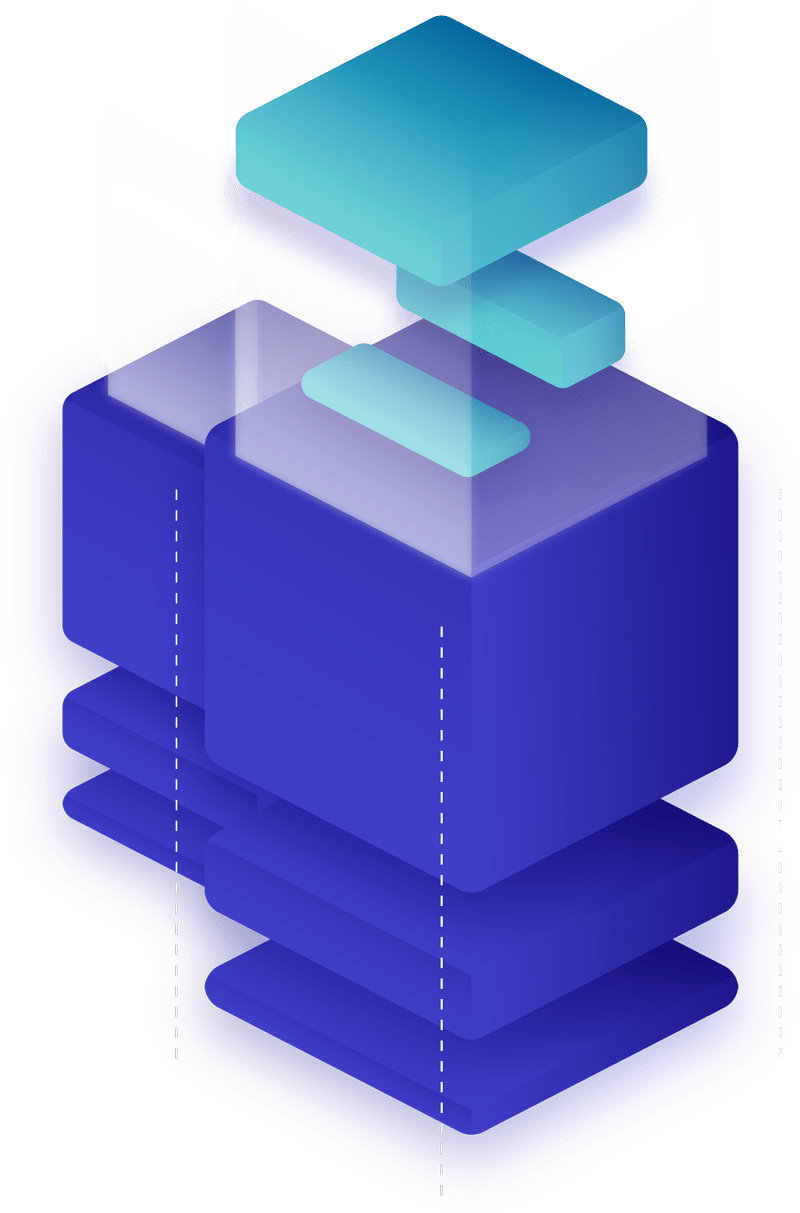Solana SOL
Solana (SOL) is a high-performance blockchain platform known for its speed and efficiency. It utilizes a unique proof-of-history consensus combined with proof-of-stake, enabling fast, scalable, and cost-effective transactions. SOL, its native cryptocurrency, is used for transaction fees and staking within its growing ecosystem of decentralized applications.

Why Choose Solana SOL
Opting for Solana (SOL) comes with numerous benefits, particularly for those interested in high-speed and low-cost blockchain transactions. Solana’s standout feature is its incredible processing speed, capable of handling up to 65,000 transactions per second, vastly outpacing most other blockchains. This efficiency is achieved through its innovative proof-of-history consensus mechanism, making it a preferred choice for developers and users seeking quick and efficient operations. Additionally, Solana offers significantly lower transaction fees compared to other major platforms, which is particularly advantageous for both small-scale transactions and large-scale decentralized applications. Its growing ecosystem of decentralized applications (DApps), spanning DeFi, NFTs, and more, underscores its versatility and potential for future growth. For investors and users looking for a blend of speed, cost-efficiency, and a robust, expanding platform, Solana presents a compelling choice.
Fast
Efficient
Scalable

How Does Solana SOL Work?
High-Speed
Low-Cost
Scalable
Benefits of Solana SOL
Solana (SOL) stands out in the blockchain landscape for its distinctive approach to achieving high speed and scalability, which are pivotal in driving its growing popularity. Central to its appeal is the innovative proof-of-history (PoH) consensus mechanism, complemented by the proof-of-stake (PoS) system. This unique combination enables Solana to process transactions at an unprecedented speed, reportedly up to 65,000 transactions per second. Such capability not only sets it apart from many other blockchain platforms but also makes it a highly attractive option for developers and users who prioritize efficiency and speed in their transactions and applications.
Another significant benefit of Solana is its cost-effectiveness. The network’s efficiency translates into lower transaction fees, a crucial factor for both individual users and enterprises. This aspect is especially beneficial for developers looking to build and run decentralized applications (DApps) without incurring prohibitive costs. Furthermore, the low-cost structure democratizes access, allowing a broader range of users to participate in blockchain and decentralized finance (DeFi) activities.
Solana’s scalability extends beyond just handling a high volume of transactions. It is designed to support a wide array of applications, ranging from DeFi and decentralized exchanges (DEXs) to non-fungible tokens (NFTs) and gaming. This versatility is attracting a diverse ecosystem of projects and developers, contributing to a vibrant and innovative community.
In addition, the SOL token itself offers various uses, including staking, which provides security to the network, and governance, giving holders a say in the future development of the platform.
In conclusion, Solana’s blend of high-speed transactions, low fees, scalability, and a robust and growing ecosystem positions it as a compelling choice in the blockchain space. Its ability to address some of the critical challenges faced by earlier blockchain technologies marks it as a platform with significant potential for widespread adoption and innovation.
Introduction to Solana SOL
Introduction to Solana
Developed by Anatoly Yakovenko in 2017, Solana is a highly functional open-source project that leverages the permissionless nature of blockchain technology to provide decentralized finance (DeFi) solutions. While it was created to facilitate decentralized app (DApp) creation, it’s particularly noted for its fast transaction speeds and low fees.
Core Technology of Solana
- Proof of History (PoH): At the heart of Solana’s architecture is the proof of history consensus mechanism. PoH is a sequence of computation that provides a digital record that proves that an event has occurred on the network at a specific moment in time. This is a significant departure from conventional blockchain consensus mechanisms, offering a way to improve scalability and efficiency.
- Proof of Stake (PoS): Alongside PoH, Solana also employs a PoS consensus mechanism. This involves validators staking their SOL tokens to be able to participate in the consensus and governance of the platform. PoS on Solana helps secure the network and offers a more energy-efficient alternative to the proof of work (PoW) mechanism used by platforms like Bitcoin.
- Scalability: Solana’s hybrid PoH and PoS consensus mechanism allow it to process tens of thousands of transactions per second (TPS), significantly outpacing Ethereum and Bitcoin. This scalability makes Solana an attractive platform for developers and businesses requiring high throughput.
- Low Transaction Costs: Despite its high throughput, Solana maintains extremely low transaction costs. This is crucial for smaller transactions and is a significant draw for developers who want to build affordable DApps.
- Solana Clusters: A cluster is a set of computers working together on Solana. They can be used to validate transactions or serve a specific purpose like running a DApp or maintaining a ledger.
SOL Token
SOL is the native cryptocurrency of the Solana blockchain. It serves several purposes:
- Transaction Fees and Staking: SOL is used to pay for transaction fees and for staking by validators on the network.
- Governance: SOL holders can participate in governance decisions, influencing the future direction of the Solana ecosystem.
Advantages of Solana
- High Throughput and Speed: Solana’s ability to process thousands of transactions per second at a low cost is its biggest advantage, making it highly suitable for a range of applications from micro-transactions to high-frequency trading systems.
- Energy Efficiency: The PoS mechanism, complemented by PoH, makes Solana more energy-efficient than traditional PoW blockchains.
- Growing Ecosystem: Solana has a rapidly growing ecosystem of DApps, spanning DeFi, NFTs, gaming, and more. This vibrant development environment is continually attracting new projects.
- Developer-Friendly: Solana offers various developer tools and resources, making it an accessible platform for building DApps.
Use Cases of Solana
- DeFi Applications: Solana’s high throughput and low fees make it an ideal platform for DeFi applications which require fast and frequent transactions.
- Non-Fungible Tokens (NFTs): Solana supports the creation and trading of NFTs, benefiting from its low transaction costs and high-speed processing.
- Web3 Applications: Solana is well-positioned to support the emerging Web3 space, providing a decentralized and scalable platform for a new generation of internet applications.
Challenges and Risks
- Network Stability: Solana has faced several network performance issues and outages, highlighting the challenges in maintaining stability while achieving high throughput.
- Competition: Solana competes with several other high-performance blockchain platforms, each with its unique features and growing ecosystems.
- Regulatory Uncertainty: Like all cryptocurrencies, Solana faces regulatory uncertainty which could impact its adoption and value.
The Future Potential of Solana
- Mainstream Adoption: As blockchain technology becomes more mainstream, Solana’s high performance and low fees position it well for widespread adoption, especially in sectors that require high-speed transactions.
- Institutional Interest: Solana’s efficiency and scalability make it an attractive platform for institutional investors and large-scale enterprise applications.
- Continued Innovation: Ongoing development and innovation within the Solana ecosystem, including improvements in network stability and functionality, will be key to its long-term success.
Conclusion
Solana presents a compelling blend of speed, scalability, and cost-effectiveness, addressing some of the significant limitations of earlier blockchain technologies. Its innovative approach to consensus with proof of history, combined with a robust and growing ecosystem, positions it as a noteworthy player in the blockchain space. While challenges like network stability and competition remain, Solana’s potential in reshaping the landscape of decentralized applications and digital finance is significant. Its ability to enable a wide range of applications, from DeFi to NFTs and beyond, marks it as a platform with considerable promise for future growth and innovation in the rapidly evolving world of blockchain technology.
